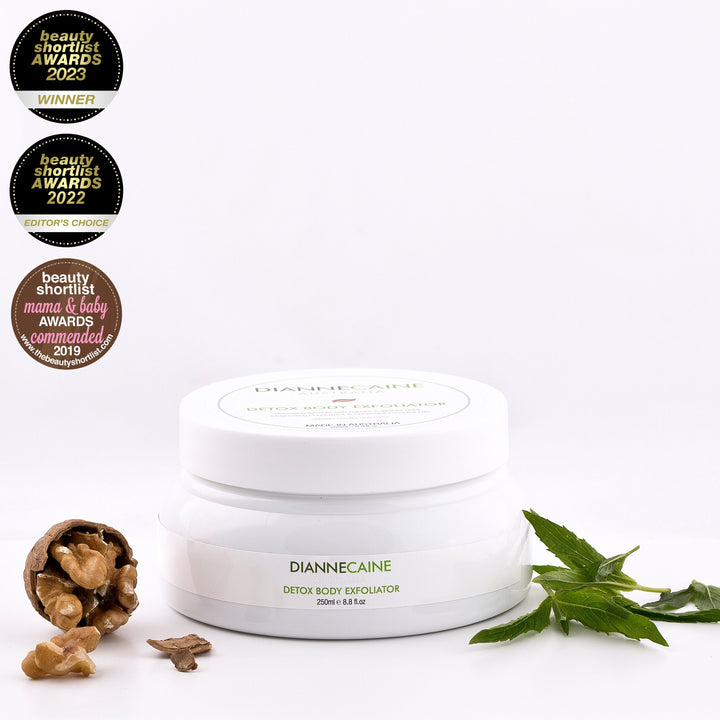Meditation is something you can do anywhere, it’s free and can be done at any time. When we learn to create a regular practice of meditation we begin to feel more clarity, increased calm and a greater harmony in our everyday lives. Meditation encourages small gaps in our thoughts which makes us (ironically) more productive, and more able to focus on our goals.
By creating these (small, tiny) pauses in our mind we can:
- Regulate blood pressure
- Decrease anxiety, depression, insomnia
- Reduce stress hormones
- Improve immune function
- Regulate the nervous system
These physical changes in our body show us how immensely interrelated our mind and body are. By just slowing our thinking, by calming down our brain, our body follows suit.
There is a reason that Yoga encompasses the practice of meditation. We need movement to reduce the frenetic energy in our body so that our bodies can sit still. We push and pull and stress and relax our muscles, teasing out blocked energy and emotions with our asana practice. We then look to our breath, in controlling it we can start to steer our minds and bodies in the direction we want, be that more uplifting energy, deeper rest or to calm our nervous system.

There are many ways to meditate but they all include concentrating on one thing (it can be anything) and bringing our senses inside. This drawing in of the senses creates a one-pointed concentration on the object (breath, candle, mantra, counting backwards) and we start training the wild thoughts to slow, we bring them gently back again and again to the object of our concentration and somehow that lets the mind rest. Pure magic.
Even trying to do these things (concentrate, control breath, visualise) has been scientifically proven to have benefits even if you never feel like you have stopped thinking.

The key to meditation is not striving to get somewhere or do something, but letting go.
- Set a realistic timer (i.e. don’t set 20 minutes if you are just beginning)
- Sit, close your eyes, notice your breath.
- Anchor your mind to something – you can use the mantra Om or even the word One
- Listen and let the anchor reverberate in your mind until it disappears

Meditating is the process of slowing your mind – not the product of stopping the mind. Not being able to control or stop your thoughts is called the Noble Failure in Buddhism. Everyone experiences it and yet the bliss happens regardless. You may be surprised to find you get up after sitting (thoughts driving you crazy the whole time) and suddenly you are less over-whelmed, you feel lighter and your mood has altered.
Once regularly practiced, meditation becomes a key element of your self-care practice and holistic wellness practice.
Article by Nicola Garcia
Nicola Garcia is a yoga teacher who has trained in meditation with Tamara Yoga and other teachers such as Sarah Platt-Finger (Deepak Chopra’s Yoga teacher) and Yogi Alan Finger, as well as studied under Mona Anand for Yoga Nidra. She teaches at Tamara Yoga Perth and also runs private sessions with groups and individuals. She has worked for the WA Men’s Water Polo team, facilitated couples yoga workshops and run Zen Parenting workshops in conjunction with Psychologists. You can connect with her on Instagram @nicolagarcia_innerpeaceandyoga













